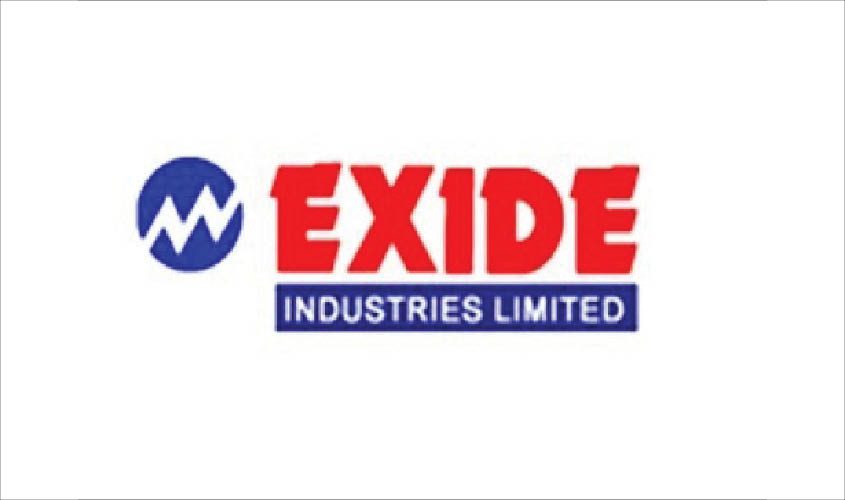
Introduction
Exide Industries has been a prominent player in the automotive battery industry for decades, maintaining a strong market presence with its reliable products and innovative technologies. In recent times, Exide Industries stock experienced a significant surge, followed by a slight decline as investors opted to book profits. This article provides an in-depth analysis of Exide Industries, shedding light on its recent performance, market position, growth prospects, and factors influencing investor sentiment.
Understanding Exide Industries’ Market Position
Exide Industries operates in a highly competitive market characterized by rapid technological advancements and evolving consumer preferences. As a leading manufacturer of automotive batteries, the company faces competition from both domestic players and international giants. Despite this, Exide has managed to carve a niche for itself through its focus on product quality, customer service, and strategic partnerships with automotive manufacturers.
Recent Performance and Stock Movement
The recent rally in Exide Industries’ stock price, followed by a minor correction, reflects the dynamic nature of the equity markets and investor sentiment. After witnessing a remarkable 22% surge, driven by positive earnings reports and favorable industry trends, some investors chose to realize their gains, leading to a temporary decline in the stock price. However, it is essential to analyze these fluctuations in the context of the company’s long-term performance and growth trajectory.
Factors Influencing Investor Sentiment
Several factors contribute to investor sentiment towards Exide Industries, including:
1. Financial Performance
Investors closely monitor Exide’s financial metrics, such as revenue growth, profitability, and cash flow generation. Positive financial results, driven by increased sales volumes, cost efficiencies, and effective capital allocation, can bolster investor confidence and support the stock price.
2. Industry Trends
The automotive industry’s transition towards electric vehicles (EVs) and renewable energy solutions presents both opportunities and challenges for Exide Industries. Investors assess the company’s ability to adapt to changing market dynamics, capitalize on emerging trends, and maintain its competitive edge in the evolving landscape.
3. Regulatory Environment
Regulatory policies related to environmental standards, energy efficiency, and product safety can impact Exide’s operations and financial performance. Investors monitor regulatory developments and assess their potential implications for the company’s compliance costs, market positioning, and long-term sustainability.
Growth Prospects and Strategic Initiatives
Despite short-term market fluctuations, Exide Industries remains committed to its long-term growth objectives and strategic initiatives. The company continues to invest in research and development, product innovation, and expanding its market reach.
Conclusion
In conclusion, Exide Industries recent stock movement reflects the interplay of various factors, including market sentiment, financial performance. While short-term fluctuations are inevitable, investors should focus on the company’s fundamentals, growth prospects. With its strong market position, robust product portfolio, and commitment to innovation, Exide Industries is well-positioned to navigate challenges.







